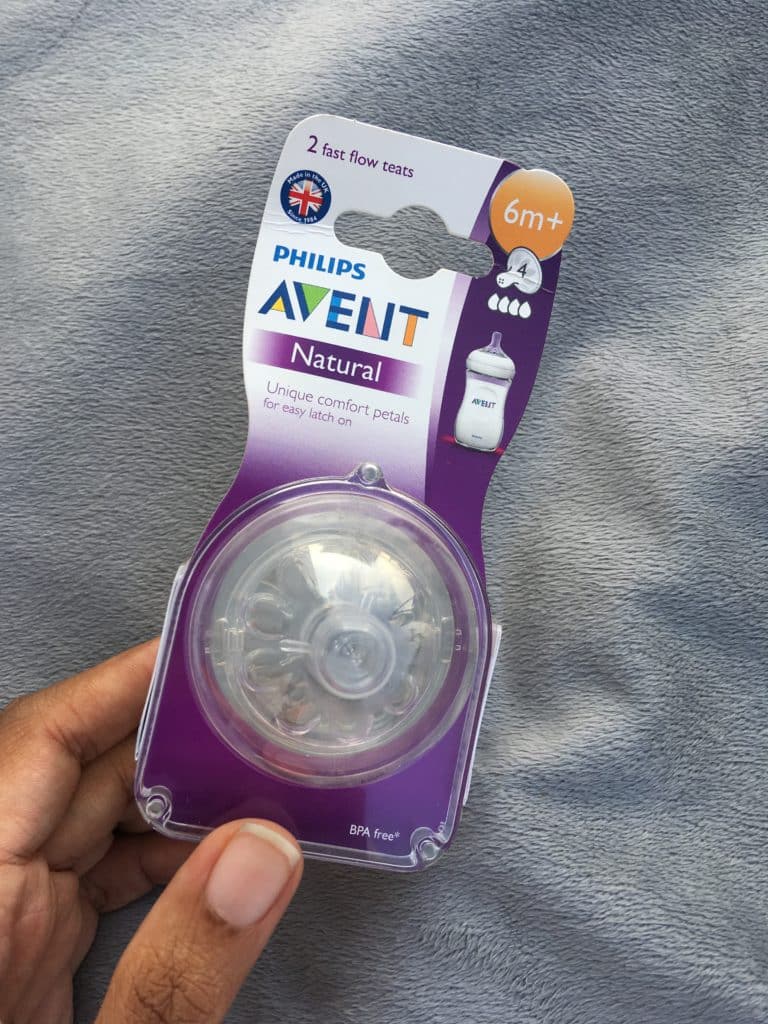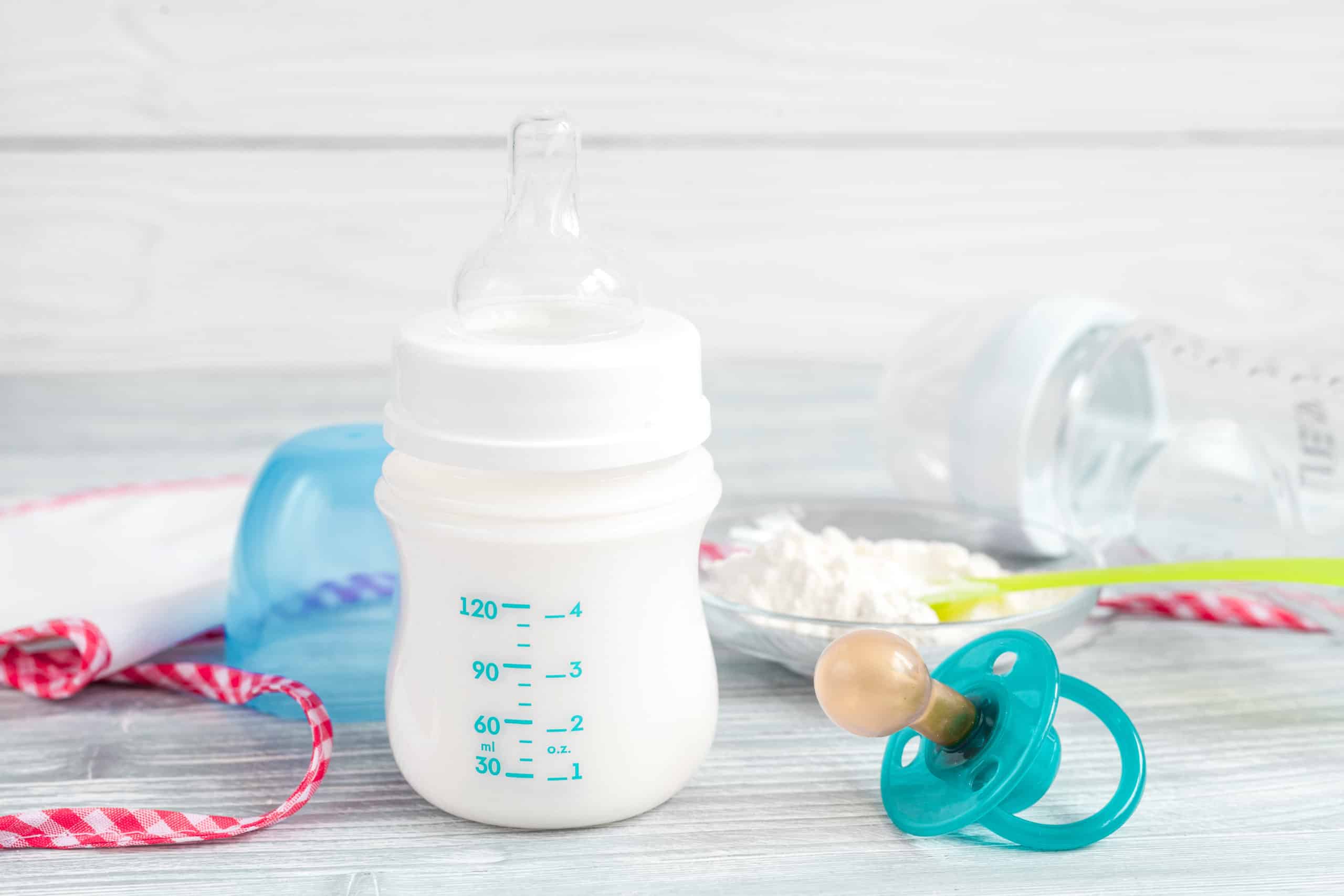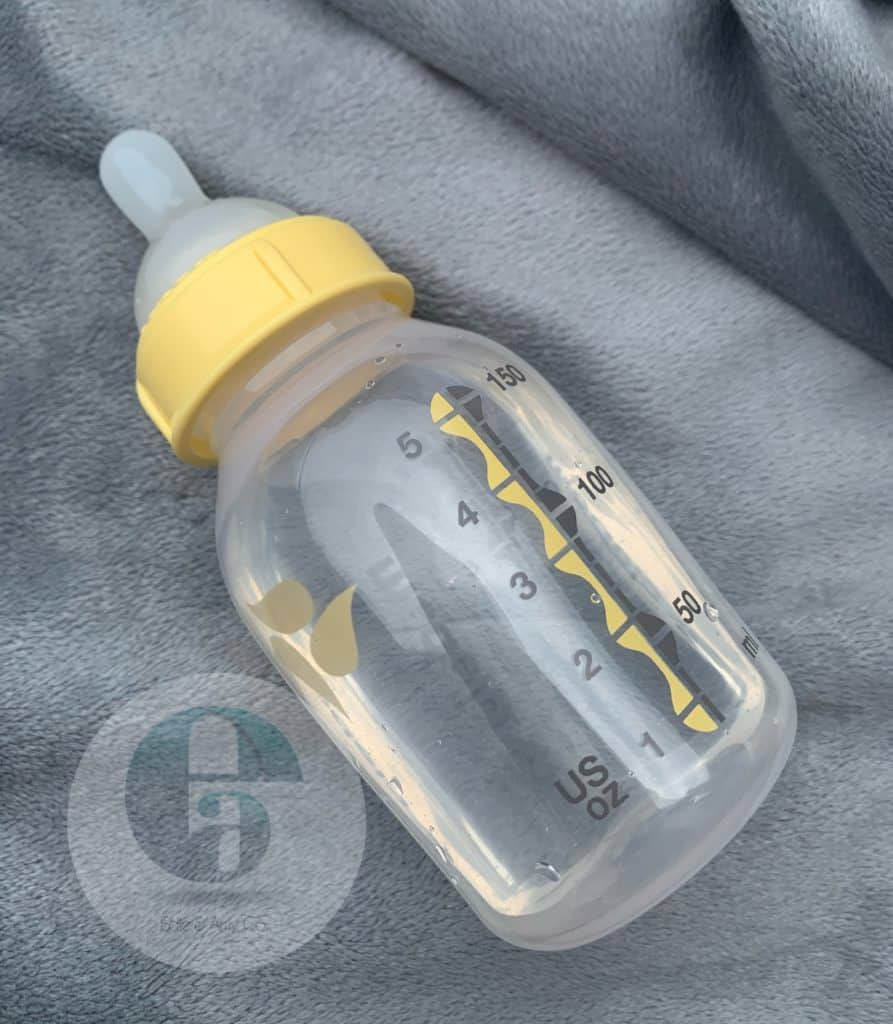As a breastfeeding mum, sometimes you may need to delegate feeding your baby to someone else. This may be so you rest or return to work outside the home when your maternity leave ends. Delegating means your expressed milk needs to go in a bottle.
Adanna, like most new mums preferred to breastfeed her baby. She planned to do so for 6 months. However, having to go back to work and life schedules were forcing her to consider the bottle feeding option .

Now here’s the problem; Adanna’s son hates being fed from the bottle!
What Is A Baby’s Teat?

A baby’s bottle teat is also known as a nipples. It is the part of the bottle that goes into the baby’s mouth during feeding. It comes in different shapes and sizes in order to suite your baby’s needs.
Why Would A Baby Reject A Bottle
The nature of your baby’s bottle teat is just as important as the food you’re giving them. It goes directly into his/her mouth and if the texture is strange or the flow is different from the way milk is let out from your breast, your baby is sure to reject it.
Sometimes the solution is as simple as selecting the right bottle teat.
What Are Bottle Teats Made From ?
Bottle teats are made mostly from silicone or rubber. Each of these materials has its own unique features.

Rubber (or latex) is a natural material which is softer and more flexible than the silicone option. Rubber teats are stronger, more water absorbent and effective. In addition, the softness of the rubber material makes it easier for your baby to adapt to it. However, the rubber teat tends to break easily.
On the other hand, the silicone teat is clear, firm and more resistant to temperature. Furthermore, it is more stretchy, durable and able to retain more liquid as compared to the rubber material.

The silicone teat can undergo several rounds of sterilization without developing cracks. Silicone is relatively inert. There a chance that your baby may be allergic to latex.
Tips For Selecting Your Baby’s Bottle Teats:
Choosing bottle nipples/teats for your baby when you are baby shopping could be a bit confusing as a new or expecting mum.
- For younger babies, choose a teat that is close to the shape of your nipple. For older babies, choose one that is consistent with the appropriate flow of milk required.
- Start with the teat with the slowest flow for newborns and then increase as the he/she grows. It’s important you select age appropriate teats. Most brands have different flow nipples to mimic the amount of milk and speed with which a baby is able to draw out milk from the breast during feeds hence the terms fast and slow flow nipples. Avent, for example achieves this by the number of holes at the end of the teat; these increase from 0-6months.⠀Manufacturers usually indicate the age on the packaging
- Silicone teats are not suitable for babies who are teething. This is due to the softness of the material. It can be bitten off. This increases their risk of your baby being choked.

- The teat hole should allow an age appropriate/ slow release of milk. This helps to decrease the risk of choking and nipple confusion.
- We suggest you don’t buy a full set of a particular brand’s teat at once. Get teats of different brands to see which one your baby will prefer.
- Bottle teats should be changed every 2-4 months or once there’s any sign of damage. Change rubber teats when they become opaque or when they swell up.
- Once your baby’s teats begins to look worn, sticky or cracked; change them. This would prevent the growth and spread of harmful germs.
A baby who’s used to the ease and fast flow from a particular teat may fuss whenever you then want to breastfeed directly. This is termed nipple confusion.

For mums who want to breastfeed exclusively, please note that it’s best to wait to your comfortable with latching and breastfeeding is established before introducing bottles and pacifiers. This usually takes 2-4 weeks max.⠀⠀⠀⠀⠀⠀⠀⠀⠀⠀⠀
Despite all these measures your baby may still refuse the bottle. Some babies just don’t like bottles and that’s totally normal. Read our guide on alternative ways of feeding your baby .
References
- Judith Kotowski, Cathrine Fowler, Christina Hourigan, Fiona Orr (2020). “Bottle‐feeding an infant feeding modality: An integrative literature review.” Maternal & Child Nutrition. Accessed on 19th October, 2020 from https://onlinelibrary.wiley.com/doi/full/10.1111/mcn.12939
- Angel Moral, Ignasi Bolibar, Gloria Seguranyes, Josep M Ustrell, Gloria Sebastiá, Cristina Martínez-Barba and Jose Ríos (2010). “Mechanics of sucking: comparison between bottle feeding and breastfeeding.” BMC Pediatrics. Accessed on 19th October, 2020 from https://bmcpediatr.biomedcentral.com/articles/10.1186/1471-2431-10-6
- Jessica Appleton, Rachel Laws, Catherine Georgina Russell, Cathrine Fowler, Karen J. Campbell and Elizabeth Denney-Wilson (2018). “Infant formula feeding practices and the role of advice and support: an exploratory qualitative study.” BMC Pediatrics. Accessed on 19th October, 2020 from https://bmcpediatr.biomedcentral.com/articles/10.1186/s12887-017-0977-7
- Sharon Lisa Perrella, Kathryn Nancarrow, Michelle Trevenen, Kevin Murray, Donna Tracy Geddes, and Karen Norrie Simmer (2019). “Effect of vacuum–release teat versus standard teat use on feeding milestones and breastfeeding outcomes in very preterm infants: A randomized controlled trial.” Plos One. Accessed on 19th October, 2020 from https://www.ncbi.nlm.nih.gov/pmc/articles/PMC6430377/#__ffn_sectitle

